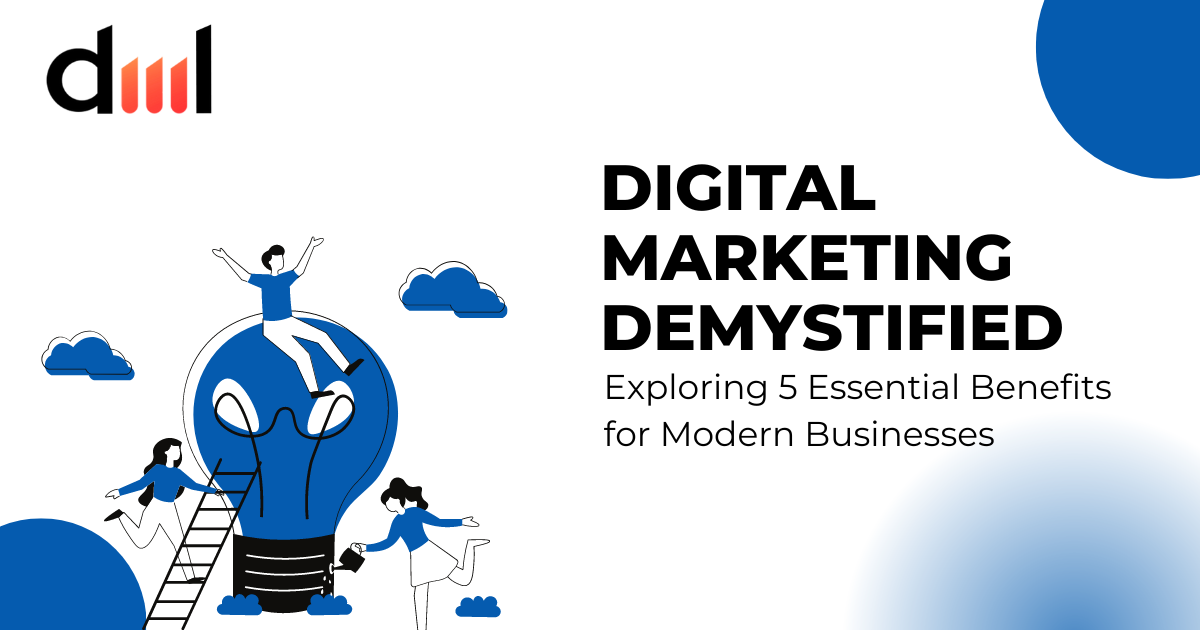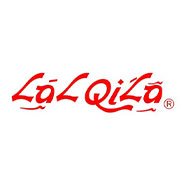A pay-per-click (PPC) advertising campaign can be a good investment for your business. The PPC or cost-per-click model is used to drive traffic to your website. You have to only pay when your ad gets “clicked on” by a user.
But you’ll only know if the PPC campaign is a good investment if you analyze the results to ensure you’re getting the most for your advertising dollar. Whether you manage to advertise for your own business or clients, you need to determine if
you’re getting an appropriate Return on Investment (ROI).
How do you know what to monitor, analyze and adjust?
We’re here to help you with our tips for how to measure the efficiency of your PPC investments. Using the 6 Key Performance Indicators (KPIs) we outline here, you’ll be able to assess the performance of your campaign.
Getting Started
Like any aspect of your business, it’s important to establish goals for your campaign before you start. Having goals means you can analyze your results against those goals, and make any adjustments if necessary.
Your goals will also determine which KPIs you may want to focus on over others.
Examples of objectives for your campaign include:
Signing customers up for regular emails or newsletters, to enable you to develop a customer database.
Driving traffic to your website.
Converting that traffic into sales.
Increasing recognition of your brand.
Once you’ve established your advertising goals, you can set up your campaign, and monitor and examine results.
Click Here : To get SEO Services
To do that, here are the 6 KPIs on which you should focus.
-
Clicks
You’ll never reach any campaign goal without having users click on an ad, whether the objective is a brand enhancement or conversion to sales. Therefore, the number of clicks is an important measure.
Let your campaign run for a while, and continue to monitor clicks. They can be an early indicator of success, but as the campaign progresses, you may want to make adjustments. That can include pausing ads that aren’t performing well and increasing the bid on ads that are performing well.
Clicks are enjoyable to watch, but they aren’t the only indicator of success.
-
Click Through Rate (CTR)
Another key metric is CTR, which is calculated by dividing the total number of clicks your campaign received in a given time frame by the overall impressions.
In other words, if your ad was viewed 500 times (known as some impressions), and was clicked on 100 times, your CTR is 20%.
Tracking your CTR throughout the life of the campaign is good. You can generate reports by week, month, or whatever time frame works for you or your client.
There are different ways to determine what’s an acceptable CTR. That could be by comparing to industry standards, for instance.
Analyzes the data for Google Ads and can provide you with the information you need on a good target CTR, with data updated for 2018.
For instance, the average CTR for the search for the Travel and Hospitality Industry is 4.68%, and for E-commerce is 2.69%.
At least, this can provide a benchmark for your business. But monitoring CTR will also help you analyze individual campaigns for increases or decreases in CTR.
-
Cost Per Click (CPC)
It’s good to keep track of your CPC, or the amount you pay for each click on an ad. This helps you monitor your budget, but also the effectiveness of the campaign based on the cost.
To calculate CPC, you divide the total cost of your campaign by the number of times an ad was clicked.
Check your math and figure out the campaign’s total cost by multiplying the CPC by the number of clicks your ads received.
The CPC data will measure exactly how much you’ve paid for a campaign. This is helpful because while you may have set a budget and a bid price when you set up your PPC campaign, it doesn’t mean that’s what you actually pay. Actual costs can be different than bids.
The cost of an ad can be determined by other competitors in a PPC auction, so CPC helps you track your actual spend.
If your CPC goes up, your advertising spend increases as well, so obviously your ROI is going down. In an ideal situation, over the course of a campaign, your CPC should decrease, and your ROI will therefore increase.
-
Conversion Rate
It’s great to know how many users see your ad, click on your ad, and what that costs, but all that doesn’t mean much if they don’t complete the desired action once arriving at your website.
That’s what makes conversion rate so important.
Whether your “conversion” is an actual sale, providing an email address for a newsletter, or completing some other type of form, the conversion rate will tell you if you’re successful with that goal.
To calculate this metric, divide the number of people who “convert,” or complete your desired action, by the number of people who clicked on the ad.
If your conversion rate isn’t where you want it to be, you may have to look at your website to make adjustments.
For instance, analyze your user experience to ensure your landing page:
performs on a variety of devices;
it has a good load speed;
is mobile friendly;
and, the desired action is clear to users (form submission is clear and simple, for instance).
Make enhancements if necessary, and continue to check your conversion rate for improvements.
If your conversion rate goes up, you’ll be spending less on advertising to get a sale or other desired action. Therefore, your ROI will go up. So you always aim for an increase in your conversion rate.
-
Bounce Rate
This could also be called the opposite of your conversion rate.
Your bounce rate is the number of visitors who click through to your site and but leave without completing your desired action.
A high bounce rate will send you back to your landing page to look for further enhancements. Review again to make sure it’s user-friendly and has a clear call to action to point people to your desired conversion.
You will always aim for a decrease in bounce rate.
-
Return on Advertising Spend (ROAS)
It can be argued that this is the most important KPI, particularly in terms of determining your ROI.
After all, what is more important than looking at the revenue earned vs. the money spent? To determine an effective ROAS, a break-even measure is a dollar earned for each dollar spent.
To calculate ROAS, divide the revenue of the campaign by the cost. If you made $500 and spent $100, your ROAS is $5. In other words, for every dollar you spent, you earned $5.
You should note that sometimes a bounce rate can be artificially inflated. For example, a user lands on your page, and then calls your business, then leaves. This would still count as a bounce, but in fact, the user actually converted
Final
A PPC campaign requires planning, monitoring, and adjusting.
Like any aspect of your business, you want to be sure you establish goals and measure performance against those goals.
Launching a PPC campaign won’t be effective if you simply launch and leave it. You must monitor to make adjustments if necessary.
Knowing how to measure the efficiency of your PPC investments is vital to ensuring a positive ROI for your business, or your client’s business. Measuring and monitoring these 6 KPIs will ensure you get the most out of your PPC spend.
For More Information : Digital Marketing Company



















